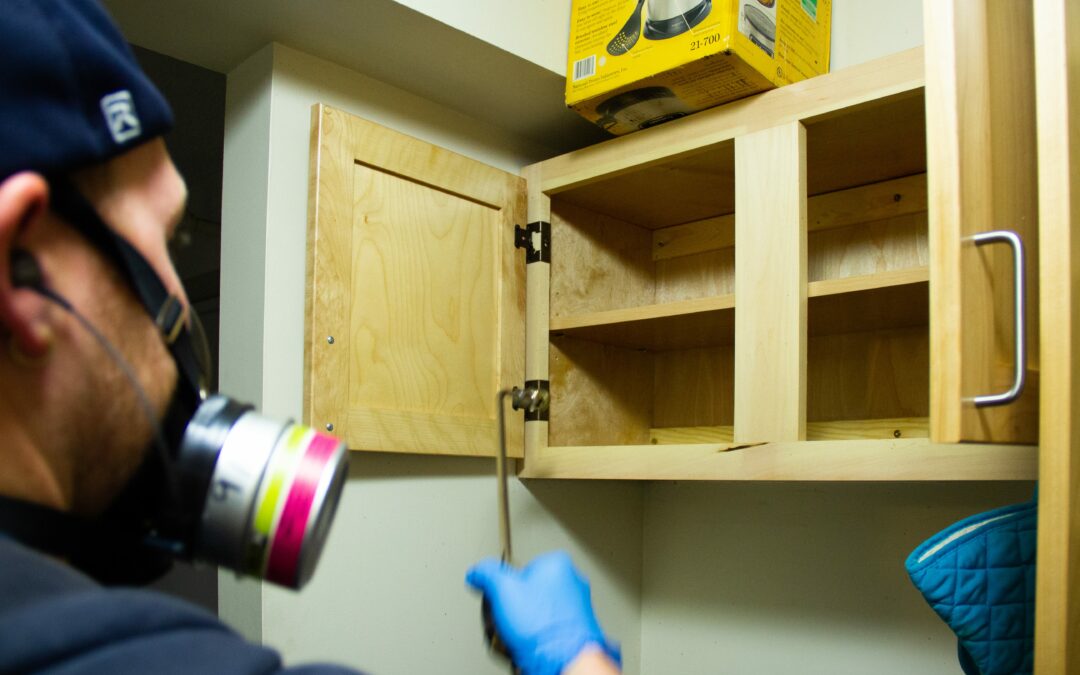Numerous spider species are commonly found within homes, some of which habitually dwell indoors, while others occasionally wander indoors. Some spider species build webs to catch prey and store egg sacs, while other, more bulky spider species never build webs, but rely on hunting to catch prey. Well over 35,000 spider species have been documented worldwide, and the maternal behaviors of female spiders differ tremendously from species-to-species. It is not uncommon for residents to find spider egg sacs situated within tattered indoor cobwebs, but the egg sacs produced by female spider species that hunt are very rarely found within homes, but that does not mean that they are not there.
The egg sacs produced by female spiders can hold around a dozen to 200 individual eggs, depending on the species. Whether indoors or outdoors, a significant proportion of spiderlings die quickly after hatching, and under certain conditions, eggs may not hatch at all. Some of the spiderlings that survive long enough to run loose within a home die before establishing their own hunting grounds. According to experts, spiderlings that hatch indoors generally don’t establish indoor populations; instead they make an effort to gain outdoor access where food is plentiful. This is why it is recommended that residents who witness spiderlings emerge from indoor egg sacs should leave their windows slightly open for a short time in order to allow spiderlings to escape.
While spiderlings generally avoid settling into the homes where they are born, some spider species that have evolved to live alongside humans within structures may see their spiderlings remain indoors with them. For example, one study found that the spider offspring of Oecobius annulipes remain within homes to overwinter, and some socially inclined spider species that are often found indoors see spiderlings cling to their mother for several weeks in order to receive postnatal care. The wolf spider is the most commonly managed spider species in US homes, and females of this species carry their egg sac on the underside of their abdomen everywhere they go. Once the eggs hatch, the spiderlings climb on their mother’s back and stay there until they are ready to fend for themselves, which can take weeks. The extremely common group of indoor spiders aptly known as cellar spiders see females carry their spiderlings around in their jaws. In short, while spiders are commonly found in homes, residents are less likely to encounter spiderlings in homes.
Have you ever encountered spiderlings in your home?

